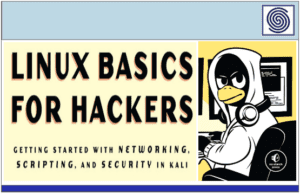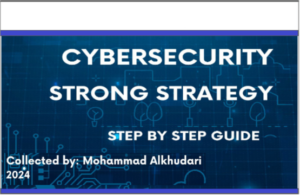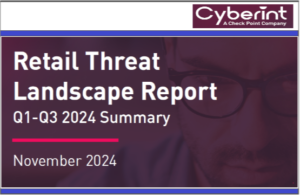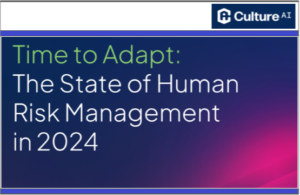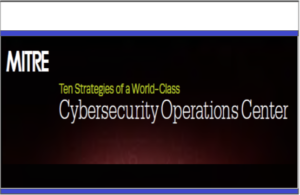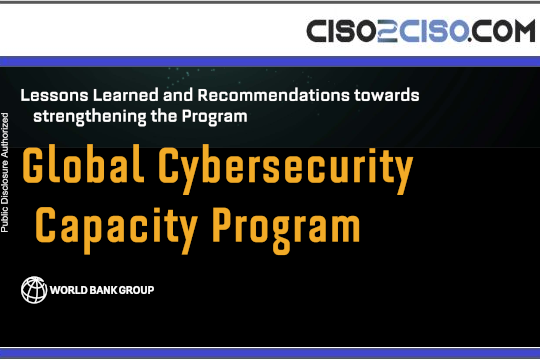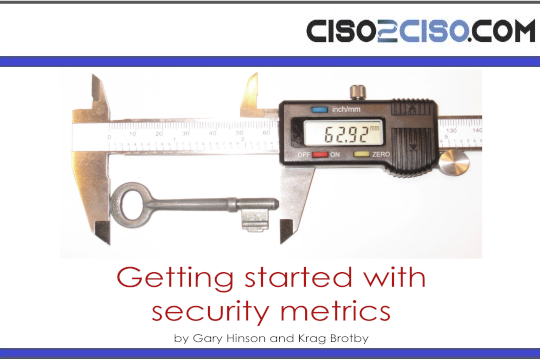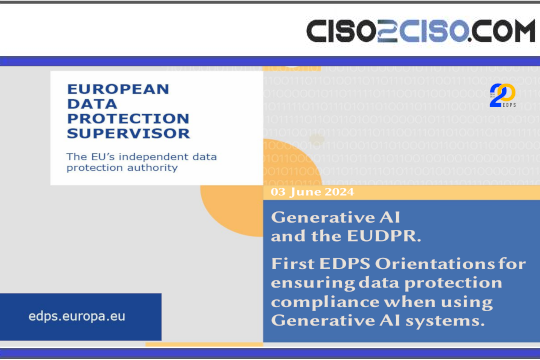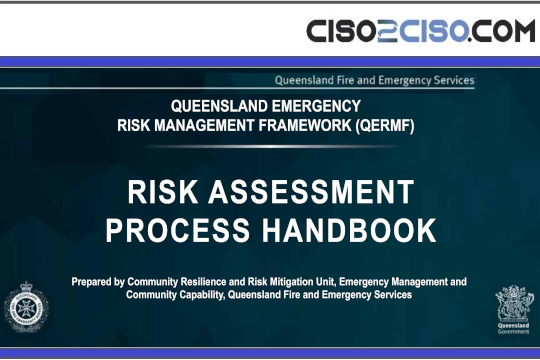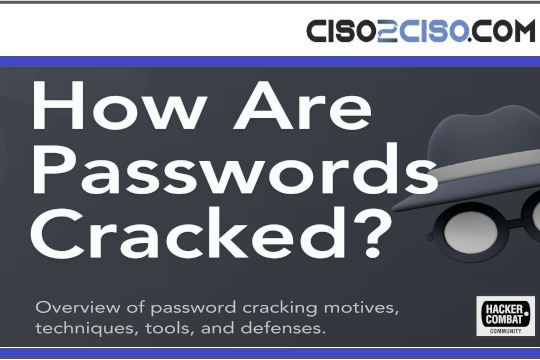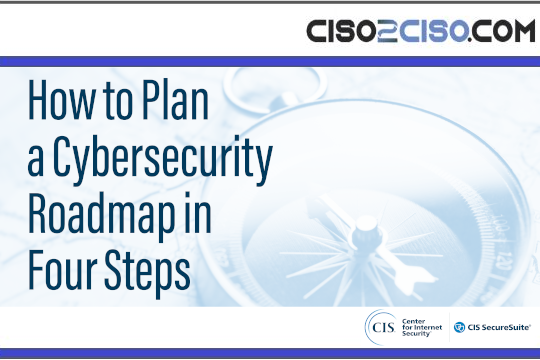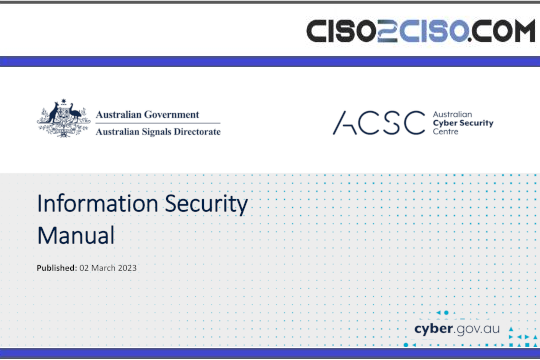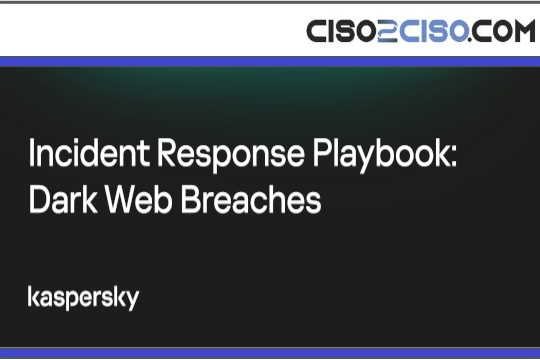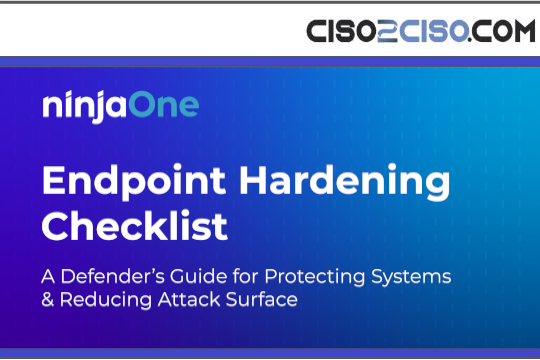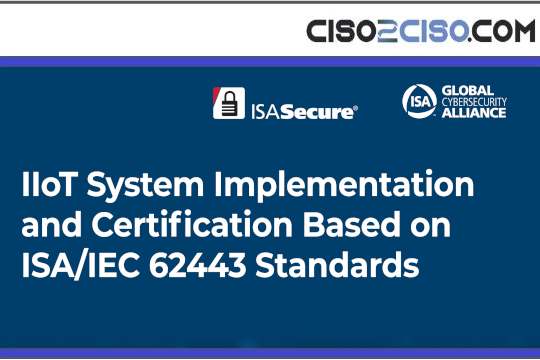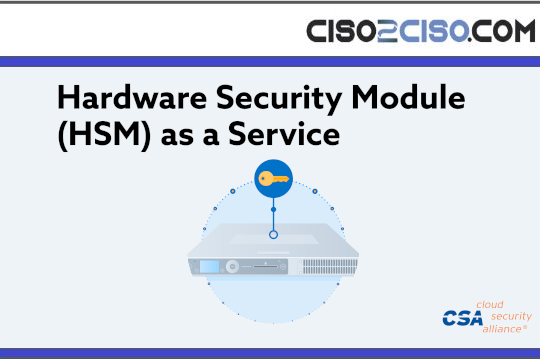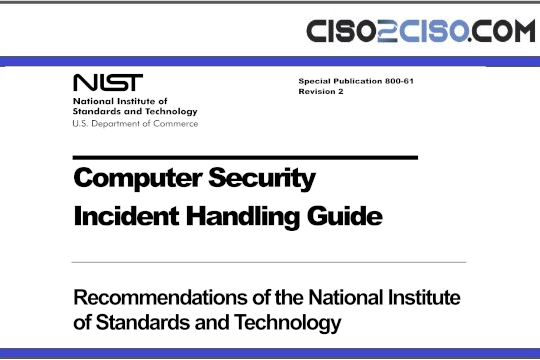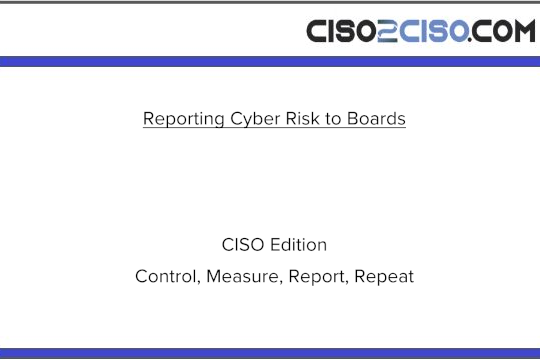The cybersecurity landscape is constantly changing. While it might seem like throwing more money into the IT fund or paying to hire cybersecurity professionals are good ideas, they might not pay off in the long run.
Related: Security no longer just a ‘cost center’
Do large cybersecurity budgets always guarantee a company is safe from ongoing cybersecurity threats?
According to research from Kiplinger, businesses are spending less money on capital equipment, especially as rumors of a mild recession in the future loom. However, organizations in 2023 know one crucial area to spend money n is cybersecurity.
Cyberattacks are becoming more frequent, intense and sophisticated than ever. In response, many businesses of all shapes and sizes will allocate funds to their IT departments or cybersecurity teams to make sure they’re well-defended against potential threats. They may incorporate tools such as firewalls or antivirus software, which are helpful, but not the only tactics that can keep a network secure.
Unfortunately, having a large cybersecurity budget does not necessarily mean a company has a solid, comprehensive security plan. Organizations can spend all they have on cybersecurity and still have pain points within their cybersecurity program. Threat actors will still use social engineering tactics like phishing or ransomware to target businesses, steal data and earn a significant payday.
One of the best ways to utilize a large cybersecurity budget is to take an intelligent threat approach. This approach involves companies using all their resources and information to determine which cybersecurity threats will most likely impact them. However, using this approach does not require vast amounts of spending.
An intelligent threat approach should leverage four key principles: accuracy; relevance; actionability; cost-effectiveness.
The information used to guide a cybersecurity program should always be accurate and relevant to existing and emerging threats. Additionally, identifying threats enables organizations to take action without spending too much of their resources. These four principles are fundamental if businesses want to build a cost-effective cybersecurity program.
Here are some do’s and don’ts that will help companies save on their cybersecurity budgets and still maintain good cybersecurity posture in an increasingly threatening environment.
Do:
•Research cybersecurity solutions before spending to find the most cost-effective options.
•Partner with a third-party cybersecurity firm to lean on for guidance.
•Focus on creating a mitigation and remediation plan to be proactive.
•Move toward a converged IT solution to bring together data analytics and cybersecurity.
•Eliminate tools that are not delivering valuable insights or solutions to the organization.
•Only adopt the necessary cybersecurity solutions based on the organization’s needs.
Don’t:
•Hire unnecessary personnel to handle cybersecurity tasks.
•Implement too many solutions, as it can lead to confusion and complexity. Only adopt the necessary cybersecurity solutions based on the organization’s needs.
•Overspend just for the sake of saying the cybersecurity team is well-funded.
Although a good cybersecurity strategy does require businesses to spend a considerable amount of money, not every strategy requires hundreds of thousands or millions of dollars to be strong, nor is every strategy complete just because it’s received an influx of funds.
Depending on the organization, it’s crucial to find the right cybersecurity solutions to ensure IT pros can perform their duties and protect the organization. Ultimately, companies should strike a balance between overspending and spending the right amount of money on valuable solutions and tools to ensure their defenses are as impenetrable as possible.
About the essayist: Zac Amos writes about cybersecurity and the tech industry, and he is the Features Editor at ReHack. Follow him on Twitter or LinkedIn for more articles on emerging cybersecurity trends.
Read MoreThe Last Watchdog
Views: 0



